Imagine a world where machines not only understand our words, but grasp the nuances of our emotions, anticipate our needs, and even surpass our own intelligence. This is the dream, and perhaps the near reality, of Artificial General Intelligence (AGI).
For many years, the idea of achieving AGI (Artificial General Intelligence) has only existed in the realm of science fiction. It’s been seen as a futuristic utopia where machines can seamlessly integrate into our lives. However, this perception is changing. Advances in AI technology are blurring the lines between fiction and reality, leading to both excitement and apprehension regarding its potential impact on society.
In this blog post, we’ll embark on a journey to explore the fascinating world of AGI. We’ll peek into the current state of AI and the significant innovations that are inching us toward AGI.
What is AGI and Why is it Significant?
AGI is a type of artificial intelligence that enables machines to understand, learn, and apply their intelligence to solve problems with the same efficiency and effectiveness as a human being. Unlike narrow AI, which is designed to perform specific tasks with expertise (such as facial recognition, playing a game, or language translation), AGI can generalize its learning and reasoning abilities across a wide range of tasks without being pre-programmed with task-specific algorithms.
The goal of AGI is to create machines that can reason, plan, learn, communicate, and make decisions at the same level as humans. AGI has the potential to be a universal problem solver, leading to breakthroughs in fields such as medicine, climate change, space exploration, and more, where complex problem-solving capabilities are crucial.
AGI can learn from experiences and adapt to new situations without human intervention. This adaptability makes it an invaluable tool for navigating the ever-changing and complex nature of real-world environments.
AGI will work alongside humans, complementing human intelligence and capabilities in unique ways. It may enhance human decision-making, provide personalized education, and offer expert advice across disciplines, enabling a new era of human-AI collaboration.
The capabilities mentioned above of AGI imply that it should understand, learn, and apply knowledge across a wide range of tasks with a level of competence comparable to or surpassing that of a human. This encompasses not just narrow tasks, but also the breadth of cognitive tasks humans can perform.
Current State of AI Technologies
We have made significant progress in AI over the past few years, and there are several strengths of the current AI system.
Strengths:
1. Specialization and Efficiency in Narrow Tasks: AI systems are excellent at performing specific tasks that are well-defined. For instance, deep learning has shown outstanding success in tasks such as image and speech recognition, natural language processing (NLP), and playing complex games like Go and chess. In some cases, these systems can even outperform humans in their areas of expertise.
2. Scalability and Data Processing: Current AI systems can process and analyze massive amounts of data at an incredibly fast pace and on a much larger scale than humans can ever achieve. This makes them particularly useful in fields such as financial forecasting, data analysis, and medical diagnosis, where there is a need to process large volumes of data quickly.
3. Continuous Learning and Adaptation: Many AI systems, especially those based on machine learning, can continuously learn from new data and improve over time. This allows them to adapt to changing environments and requirements, albeit within their narrow domain of expertise.
However, to achieve true AGI, we need to overcome many of the limitations we currently face.
Limitations:
1. Lack of Generalization: While the majority of current AI systems are highly skilled at performing tasks for which they have been trained, they struggle when it comes to applying the knowledge gained from these tasks to new and unseen tasks. This inability to generalize their knowledge is a major hurdle in achieving human-like intelligence, as it requires the ability to apply knowledge flexibly across a wide range of domains.
2. Understanding and Reasoning: Although AI has advanced significantly, it still lacks the profound understanding and reasoning capabilities that humans possess. While AI can recognize patterns in data, it often fails to comprehend the underlying causality or context, which restricts its ability to make intricate decisions or understand the complicated nuances of human languages and emotions.
3. Ethical and Social Considerations: As AI systems become more integrated into society, issues around ethics, bias, and social impact arise. Ensuring that AI systems are fair, transparent, and aligned with human values is a complex challenge that needs to be addressed.
The Pathway to AGI: Integrating AI Models and Technologies
Achieving AGI will not be possible through a single do-it-all model. Instead, it will involve integrating various AI models and technologies, leveraging their strengths while overcoming their limitations. This integration can take several forms
- Hybrid Models: Creating hybrid models by combining different AI approaches, such as symbolic AI (which excels at reasoning and understanding complex relationships) with neural networks (which are excellent at pattern recognition), could lead to systems that both understand and learn from the world more holistically.
- Transfer and Multitask Learning: Developing AI architectures capable of transferring knowledge between domains and performing multiple tasks with a single model is a step towards the adaptability and flexibility characteristic of AGI.
- Enhancing Learning Efficiency: To achieve AGI, AI systems must learn from fewer examples and generalize across domains, similar to how humans can learn new concepts with limited data. Research into Self Discovering models, few-shot learning, and meta-learning is critical for this.
- Ethical and Social Alignment: Integrating ethical reasoning and social norms into AI systems is crucial for their safe and beneficial coexistence with humans. This involves not just technical advancements but also interdisciplinary research incorporating insights from philosophy, psychology, and social sciences.
Building Blocks of AGI
1: The Foundation of AI Models
AGI relies on robust and powerful AI models to solve complex and multifaceted problems. In this section, we will explore some of the recent advancements in these models and how they are helping to achieve true AGI.
- Mixture of Experts Architecture: Mixture of Experts (MoE) is a neural network architecture that is composed of numerous specialized sub-networks, called ‘experts,’ each designed to handle specific types of data or tasks. In an MoE model, input is routed to only a few relevant experts. This allows for conditional computation, where parts of the network are activated based on the input, leading to a dramatic increase in model capacity without a proportional increase in computation.
Most high-performing modern models, such as GPT4, Mistral, and Gemini 1.5, leverage a Mixture of Experts Architecture.
- Multimodel Large Language Models: Multimodal language models can process and integrate information from various types of data, including text, images, and audio, similar to how humans perceive and interpret the world through our multiple sensory inputs. AGI should possess the ability to understand, generate, and interpret human language just like humans do.
GPT4, Gemini, etc, are examples of the Multimodel Large Language model.
- Larger Context Windows: A context window is a term used in natural language processing and machine learning to refer to the amount of textual or input data that an AI model can consider at any given time to make predictions, generate responses, or understand content. The AI’s ability to understand subtle nuances and maintain coherence over extended conversations or texts can be significantly enhanced by expanding the context window. This can improve the AI’s reasoning and decision-making capabilities by allowing it to simultaneously consider a broader range of information, leading to more informed and nuanced outcomes. The expansion of the context window facilitates deeper learning and knowledge integration, which enables the AI to detect patterns and relationships over larger spans of information. Furthermore, it broadens the applicability of AI in complex fields such as legal analysis, scientific research, and literary interpretation, where extensive background information is required to understand the content.
The Model LTM-1 has a context window of 5 million tokens (approximately 4000 pages). Gemini 1.5 has a context window of 1 million tokens (Approximately 800 pages)
2: Autonomous AI Agents
AGI, can mimic human-like cognitive processes. One of the key features of AGI is the ability to operate independently and make decisions in complex environments. Autonomous agents, powered by large language models, can adapt and solve various problems without human intervention. They can understand a task, break it down into smaller sub-tasks, and execute it accordingly.
- OpenAI’s Next Iteration of ChatGPT will be a Super Smart Personal Assistant: This agent is designed to take over people’s computers, performing various tasks autonomously. Sam Altman has reportedly described the new version of ChatGPT as a significant advancement towards creating a super-smart personal assistant for work, capable of operating systems and executing tasks based on user commands.
- Google’s Work on AI Agents: Sundar Pichai, Google’s CEO, stated that their latest technology allows it to act more like an agent over time, indicating that Google is also focusing on developing autonomous AI agents.
- Other Notable Autonomous Agents: The technology industry is moving towards creating AI agents capable of performing tasks with high levels of autonomy. This can be seen in innovations such as Rabbit R1 devices, Mulon, Open Interpreter, and self-operating computers.
- Open AI Sora: Sora, a recent model introduced by OpenAI, can build high-resolution videos from textual prompts. Though it’s not technically an autonomous AI agent, it showcases the capability of currently available models to perform complex tasks with minimal human interference.
Interactions and Decision Making
3: Enhancing Communication with AI
Another aspect of AGI is AI conversing with humans. This conversion is crucial for feeding human communication into AI models, allowing them to process, understand, and interact with human language in its natural form. On the other hand, AGI needs to communicate with humans most naturally.
- From Voice to Text: The importance of voice-to-text technology in achieving AGI lies in its ability to give AI a direct connection to human speech and thought, providing a vast dataset to learn the subtleties of language, context, emotion, and intention. As AI models become more proficient at interpreting voice inputs, they come closer to achieving a level of linguistic comprehension and interaction that resembles human cognitive abilities.
The Voice to Text model from Open AI Whisper is an Automatic speech recognition (ASR) system trained on 680,000 hours of multilingual data that can transcribe audio with different accents and background noise. It can also transcribe in multiple languages.
- From Text to Voice: Advancements in text-to-voice technologies that offer human-like interactions have been driven by the integration of advanced algorithms, machine learning, and artificial intelligence (AI). These technologies have significantly enhanced the capacity of text-to-speech (TTS) systems to recognize and replicate the nuances of human speech, including intonation, stress, rhythm, and emotional inflections.
ElevenLabs is a company that specializes in advanced text-to-speech (TTS) and AI voice generation technology. Their platform provides high-quality and natural-sounding speech synthesis with a wide range of customization options. ElevenLabs’ API supports voice generation in 29 languages and offers ultra-low latency.
4: AI’s Decision-Making Capabilities
AGI requires not only the execution of tasks but also the ability to understand and adapt to complex and dynamic environments, make decisions that consider long-term outcomes and ethical implications, and integrate diverse knowledge bases. Several recent AI models and systems have demonstrated remarkable abilities in complex decision-making and execution.
AlphaGo and AlphaZero: DeepMind has developed AI systems that have shown remarkable decision-making abilities in complex games like Go and Chess, which are known for their vast number of potential moves. AlphaGo’s victory over world champion Lee Sedol and AlphaZero’s ability to master go games from scratch have highlighted AI’s potential to learn strategies and predict opponents’ moves.
Autonomous Vehicles: Self-driving cars are another prime example of how AI can make decisions in real-world environments. They use data from sensors and cameras to make quick decisions regarding speed, direction, and obstacle avoidance while adapting to changes in traffic and following traffic laws. This kind of decision-making involves complex algorithms that can predict the actions of other drivers and pedestrians, demonstrating a highly advanced integration of perception, prediction, and execution.
Enabling Technologies
6 Specialized AI Hardware
The Role of AI Chips and Hardware in Developing AGI
The development of AGI is not just a software challenge but also a hardware one. Specialized AI hardware, including AI chips, plays a crucial role in this journey. These chips are designed specifically to handle the enormous computational demands of AI algorithms, providing the necessary speed and efficiency that traditional hardware cannot. Currently, the focus of AI hardware development is on optimizing neural network performance, reducing energy consumption, and increasing processing capabilities. Achieving human-like cognitive abilities requires processing and analyzing data at an unprecedented scale and speed, which is where specialized AI chips come in. They enable more complex models to be trained more quickly and efficiently, facilitating advancements in learning algorithms and neural network designs that are essential for the leap from narrow AI to AGI.
Innovation in AI Hardware
Innovations in AI hardware are focused on creating chips that can perform more calculations per second while using less power, which is vital for scaling AI technologies sustainably. Moreover, the development of hardware that can support more advanced forms of memory and processing capabilities, such as neuromorphic computing, which mimics the neural structures of the human brain, is seen as a key frontier in the journey toward AGI.
Several Vendors made siginificant advancements on this area.
NVIDIA remains the leading provider of AI chips with their latest model, which is named H100 GPU. This chip boasts a significant 18x increase in performance compared to its predecessor. NVIDIA has also introduced the Grace Hopper Supercomputing Platform, which combines H100 GPUs with their high-speed NVLink interconnect. The platform is specifically designed to handle enormous AI workloads. Additionally, NVIDIA has expanded its reach into AI networking by acquiring Barefoot Networks. This acquisition has further strengthened NVIDIA’s position as a one-stop shop for AI infrastructure.
AMD: AMD is making significant strides in the AI field with its new AI accelerator, which they claim outperforms NVIDIA’s offering for inference tasks. They’re also targeting the training and inference market with their Instinct server GPUs. However, their biggest move is partnering with Microsoft to develop a custom AI chip designed for the cloud, which could disrupt NVIDIA’s dominance in this space.
Intel, the leading chip manufacturer, has been catching up in the AI industry by introducing its latest technology, the Gaudi 3 chip, designed to compete directly with NVIDIA in data centers. They have also launched the Ponte Vecchio accelerator, which offers a high-performance computing solution. Though Intel’s CPUs were not traditionally known for their AI capabilities, their latest Meteor Lake CPUs come with integrated AI instructions that allow for efficient on-chip processing.
Google: The popular search engine is continuously improving its Tensor Processing Units (TPUs) and has recently announced the upcoming TPUv4, which promises significant performance and efficiency improvements. In addition, Google has partnered with Samsung to manufacture future generations of TPUs, ensuring a consistent supply chain. By adopting an open-source approach, Google has made the TPU designs available to the public, providing others with the opportunity to build their own AI systems based on Google’s technology.
OpenAI CEO Sam Altman aims to raise $5 to $7 trillion to enhance the global production of AI chips. The plan is to establish a network of semiconductor fabrication plants to focus on producing GPUs, which are crucial for running complex AI models efficiently. Altman’s project aims to increase GPU supply to address the current shortage caused by the rising demand for AI technologies. By doing so, they hope to reduce costs and make these chips more accessible for developers and researchers, ultimately accelerating AI development. Altman’s AI initiative has gained global attention and raised questions about feasibility, regulation, and geopolitical effects. Partnerships with industry players like Intel and semiconductor companies are crucial. The project highlights the strategic importance of computing in AI development and the critical need for chip supply. The AI chip market is complex, with various countries and companies vying for dominance.
Towards Achieving AGI
7: Combining All Elements
Integrating Technologies and Methodologies:
Developing AGI is a complex and multifaceted process that requires the integration of various technologies and methodologies. To achieve AGI, a cohesive strategy is needed that leverages the strengths of powerful AI models, such as a Mixture of Experts (MoE) for specialized knowledge processing and multimodal language models for enhanced human-machine interaction. Autonomous AI agents bring the necessary autonomy and adaptability to navigate complex environments and make informed decisions independently. Communication and decision-making capabilities are also crucial components in building towards AGI. The evolution of voice-to-text and text-to-voice technologies enhances AI’s ability to communicate in a human-like manner, facilitating its seamless integration into human-centric environments.
Challenges and Solutions
Integration Challenges
- Complexity and Compatibility: One of the main challenges in AI development is the difficulty of integrating various AI technologies and ensuring compatibility across different systems and models. This complexity can result in difficulties in creating cohesive systems that can effectively leverage the strengths of each component.
- Data and Privacy Concerns: Integrating AI technologies raises data and privacy concerns as systems process vast amounts of sensitive and personal information.
- Ethical and Social Implications: The development of AGI raises ethical and social challenges, such as potential biases, misuse, and impact on employment and society.
Potential Solutions
- Interdisciplinary Research and Collaboration: Dealing with the complexities of AGI demands a collaborative effort from specialists in various domains such as AI, ethics, psychology, and specific areas of expertise. Cross-disciplinary research can offer a comprehensive strategy for creating AGI, ensuring that technological progressions are in harmony with ethical concerns and social principles.
- Open Standards and Modular Design: Developing open standards for AI technologies and adopting modular design principles can facilitate integration, allowing different components to interact seamlessly and be updated independently.
- Ethical Guidelines and Governance: It is of utmost importance to establish ethical guidelines and governance structures to develop AGI. This includes creating frameworks for data privacy, preventing bias, and ensuring the responsible use of AI. By doing so, we can guarantee that AGI technologies are developed and deployed to benefit society as a whole.
- Public Engagement and Education: Engaging the public and promoting education on AGI can address societal concerns and ensure development aligns with public values.
The pursuit of AGI is one of the most ambitious goals in the field of artificial intelligence. To achieve this goal, we need to focus on a convergence of technological innovation, ethical foresight, and global collaboration. This will help us realize the full potential of AI and AGI, shaping a future where AI can work alongside humanity to address some of the world’s most pressing challenges and open up new frontiers of knowledge and possibilities.
However, is this really true? Is the Object on the mirror really closer than it appears?
There has been considerable discussion recently surrounding OpenAI’s progress in creating AGI. Leaks and confirmations from insiders have fueled speculation that significant advancements have been made. Nevertheless, while some people assert that OpenAI may have already achieved AGI, these claims are unverified and continue to be debated. However, to further validate this claim, OpenAI’s CEO, Sam Altman, has acknowledged the possibility of AGI in the near future.
Food for thought…
OpenAI has recently released a powerful AI model called Sora, which is capable of generating high-quality videos and images. One of Sora’s remarkable abilities is to simulate various aspects of the physical world, such as people, animals, and environments. It can also simulate simple actions that affect the state of the world, such as leaving persistent strokes on a canvas or rendering video game dynamics like in Minecraft. Interestingly, Sora can simulate some aspects of the physical world without explicit biases for 3D objects.
Sora’s capabilities include generating videos with dynamic camera motion, maintaining long-range coherence and object permanence, and interpolating between different videos seamlessly. Some of the sample videos surfaced showcases that the model is aware of the fluid dynamics and physics. Although the details on how this model was trained are unclear, it is almost certain that the training data did not involve physics or fluid dynamics textbooks.
Therefore, it is possible to say that Sora did an inferred learning of physics and fluid dynamics from the videos that used to train the model???








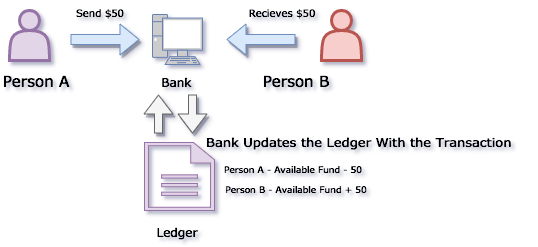



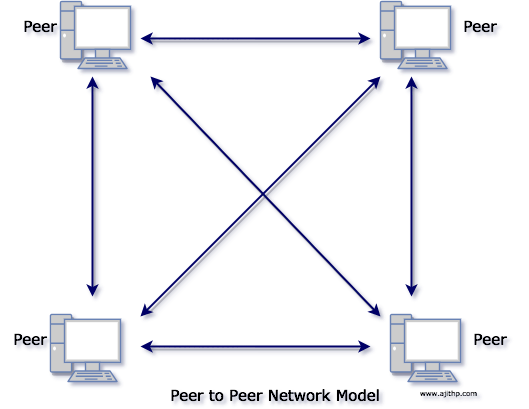

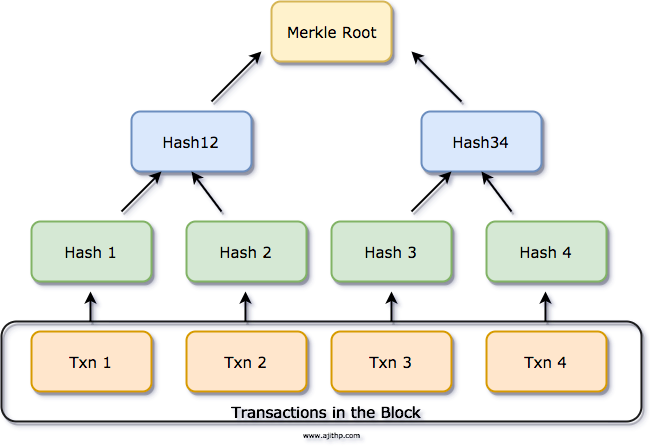




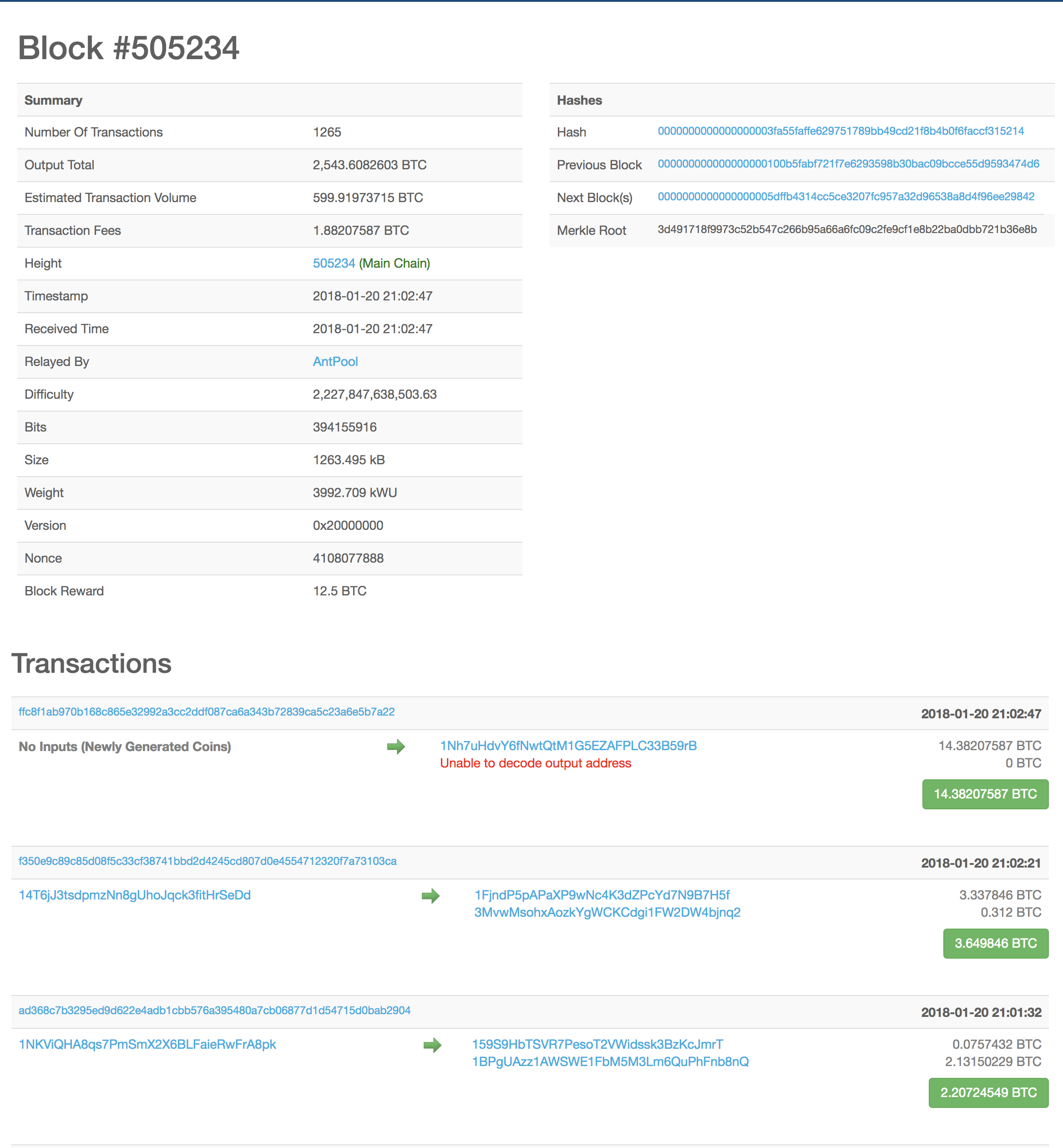

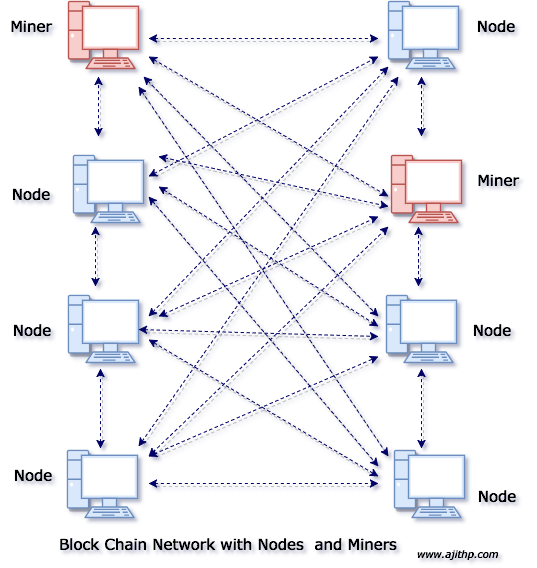









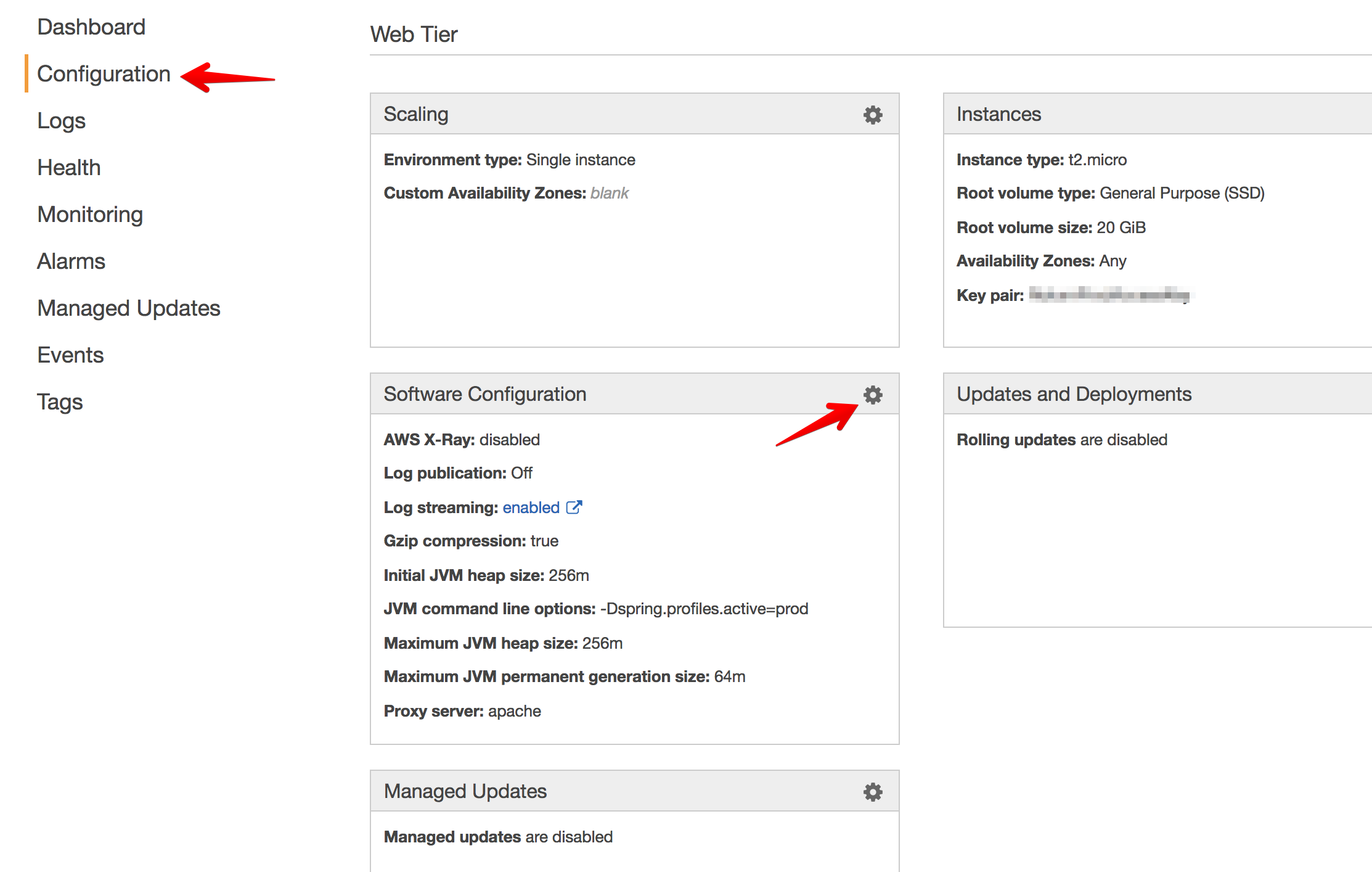
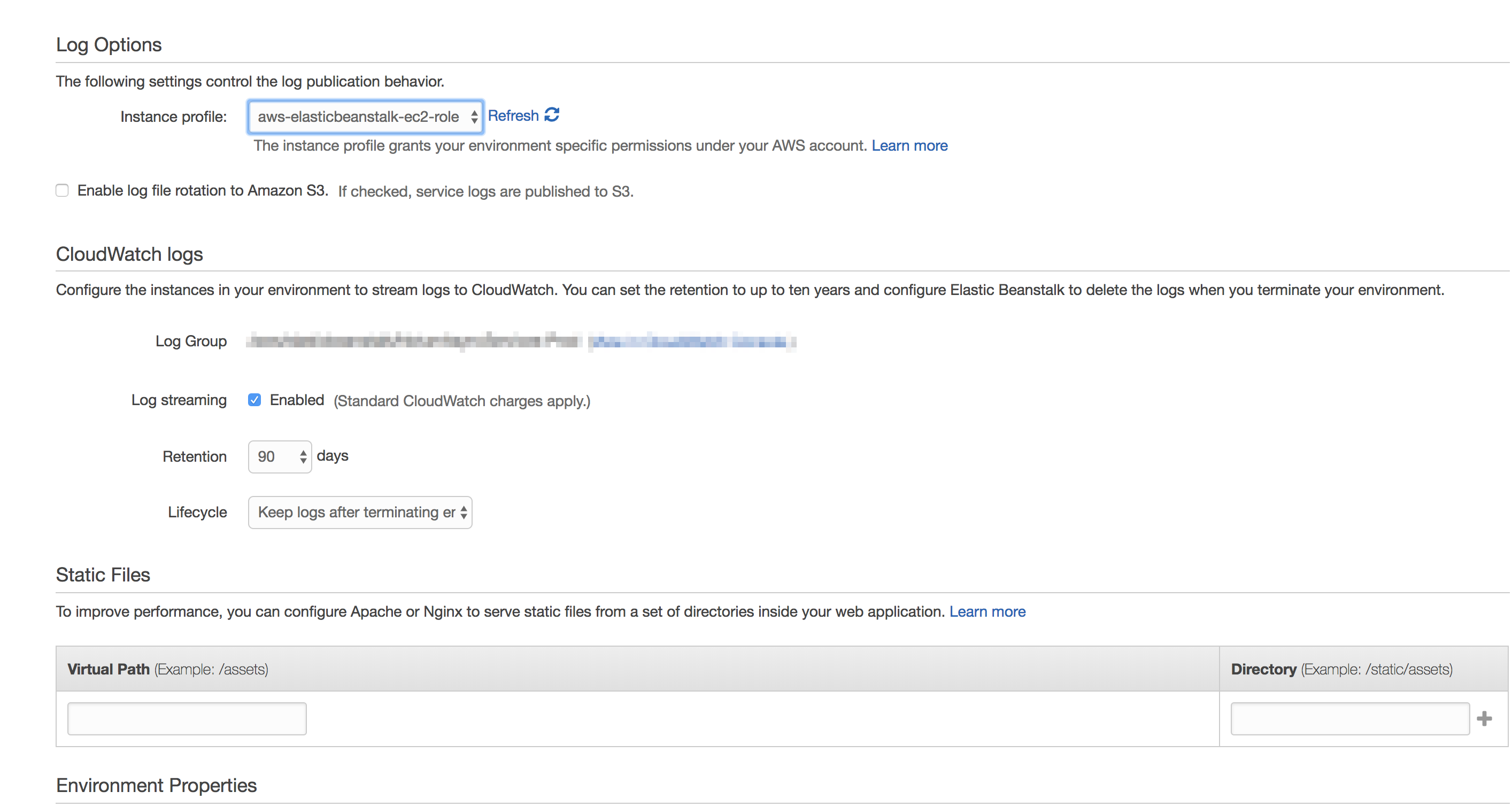


















You must be logged in to post a comment.